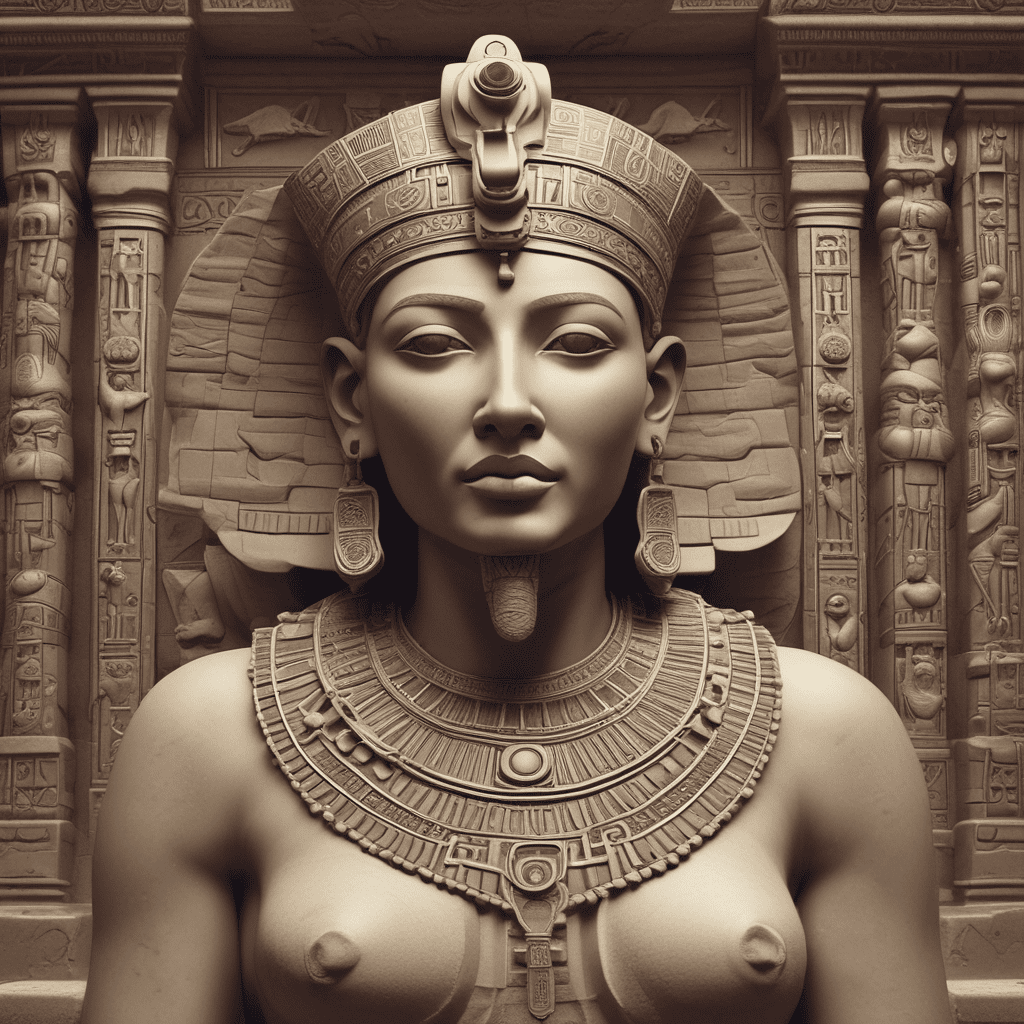The Myth of the Goddess Hathor in Ancient Egypt
Who was Hathor in Egyptian mythology?
In Ancient Egypt, Hathor was a major goddess with a wide range of attributes. She was often depicted as a woman with the ears of a cow, symbolizing fertility and motherhood. Hathor was associated with music, dance, joy, love, and feminine beauty. She was also linked to the sky, the sun, and the underworld, representing a complex deity embodying different aspects of life and death.
What was the role of Hathor in ancient Egyptian society?
Hathor held significant importance in Egyptian society as she was seen as a benevolent goddess who brought happiness and abundance. She was considered the patroness of music, dance, and love, often invoked during festivities and celebrations. Hathor was also associated with fertility and childbirth, and many women sought her protection during pregnancy and labor. Moreover, she had a nurturing aspect, being linked with motherhood and offering care and comfort to the deceased in the afterlife.
How did Egyptians worship Hathor?
Worship of Hathor was prevalent throughout ancient Egypt, with temples dedicated to her found in various cities. The most famous temple of Hathor was located in Dendera, where she was venerated as the goddess of love and beauty. Egyptians honored Hathor through music, dance, offerings, and rituals performed by priests and priestesses in her temples. They believed that by pleasing Hathor, they could ensure her blessings of joy, fertility, and protection.
What are some myths associated with Hathor?
One of the most famous myths involving Hathor is her fierce aspect known as the “Eye of Ra.” In this myth, she is sent by the sun god Ra to punish humanity for their disobedience. Hathor transforms into the lioness-headed goddess Sekhmet, the embodiment of destruction and chaos. However, Ra intervenes to stop Sekhmet’s rampage by tricking her with beer dyed to look like blood, causing her to become intoxicated and relent her attack. Hathor/Sekhmet’s dual nature—both nurturing and destructive—highlights the multifaceted personality of this captivating Egyptian deity.
As seen through the lens of ancient Egyptian mythology, the figure of Hathor represents a rich tapestry of characteristics, from love and beauty to power and protection. Her presence in Egyptian culture underscores not only the diverse facets of human experience but also the complex interplay between life, death, and the divine in the ancient world.
FAQs about the Goddess Hathor in Ancient Egypt
Who was Hathor in Ancient Egyptian mythology?
Hathor was a prominent goddess in Ancient Egyptian mythology, often depicted as a cow goddess or a woman with cow horns holding a sun disk. She was associated with love, joy, music, dance, and motherhood.
What was Hathor’s role in Ancient Egyptian religious beliefs?
Hathor was revered as a goddess of fertility, music, and beauty. She was also linked to the afterlife as the one who welcomed the deceased to the underworld. Hathor was believed to protect women during childbirth and bring joy to people’s lives.
How did Ancient Egyptians worship Hathor?
Devotees of Hathor would hold festivals and ceremonies in her honor, including music, dance, and offerings. Temples dedicated to Hathor, such as the Temple of Dendera, served as sacred spaces where priests and priestesses performed rituals to honor her.
What symbols were associated with Hathor?
Hathor was often symbolized by the cow, the sistrum (a musical instrument), and the ankh (the symbol of life). The emerald was considered her sacred stone, representing rebirth and eternal life.





